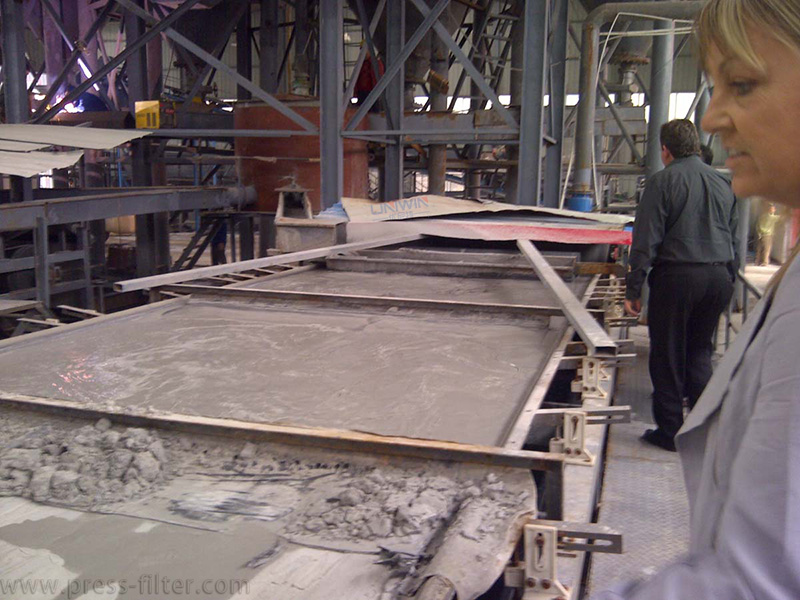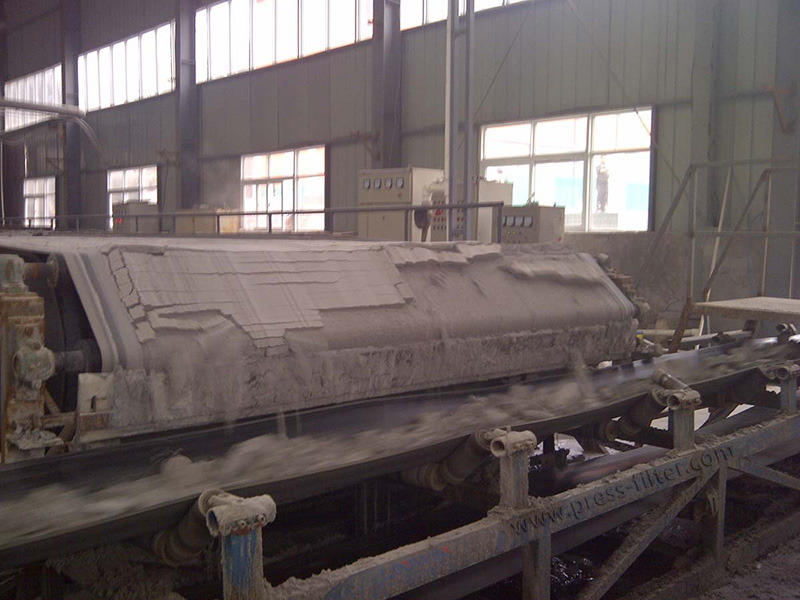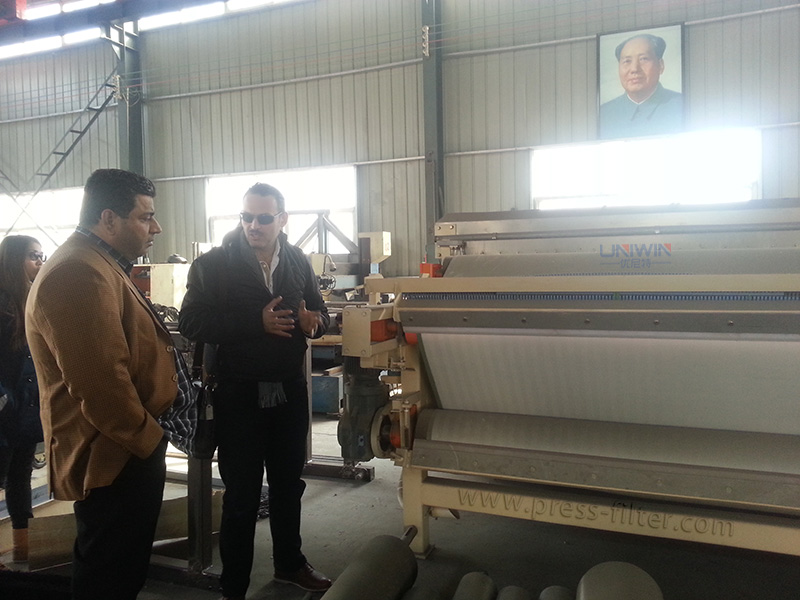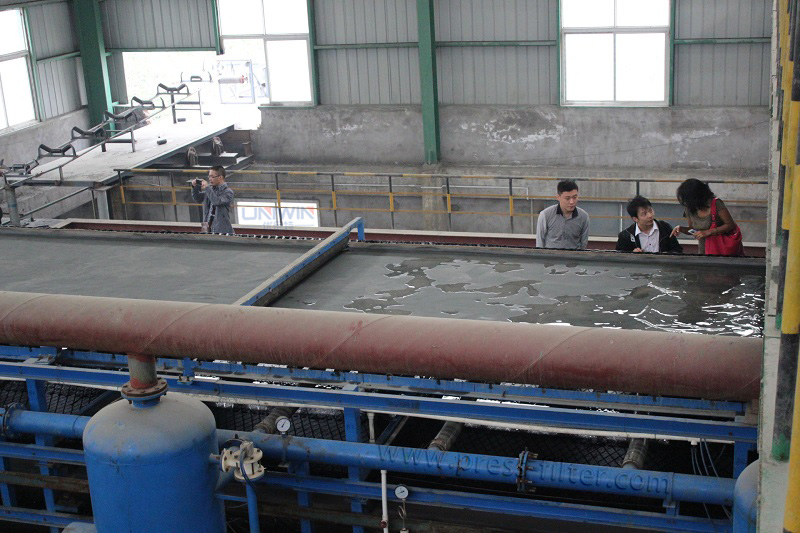Design and operation results of liquor production wastewater treatment
A winery is located in Anhui Province, mainly producing various specifications of liquor. The company currently has thirteen brewing workshops, fourteen packaging lines, and supporting service facilities. In order to solve the problem of water pollution, the company built a 2000m3/d sewage treatment test device in 1996. After one year of actual operation, the effluent water quality is better than the first-level discharge standard. On the basis of the good operation of the device, the company built an 8000m3/d comprehensive sewage treatment station in 1997. After the project was put into operation, the problem of wastewater pollution was completely solved.
1. Wastewater source and water quantity and quality
1.1 Sources of wastewater
Production wastewater from koji workshops and packaging workshops.
1.2 Water quantity and quality
1.2.1 Waste water volume and water quality
Water volume: 8000m3/d;
Water quality: CODcr: 800mg/L; BOD5: 400mg/L; SS: 300mg/L
TN:3~4mg/L;TP:2~mg/L;PH:7.8~8.5;T=25~28℃
1.2.2Water quality after treatment
After the sewage treatment, it reaches the comprehensive sewage discharge standard GB8978-96 and the local sewage comprehensive discharge standard DB34/066-92 of Anhui Province. During the wet season: CODcr≤150mg/L; BOD5≤60mg/L; SS≤200mg/L. During dry season: CODcr≤100mg/L; BOD5≤30mg/L.
2. Sewage treatment process
After the sewage enters the oxidation ditch, it undergoes biochemical treatment, mainly to remove organic matter in the sewage. The effluent from the sedimentation tank can meet the discharge standard. Part of the sludge is returned to the oxidation ditch, and the remaining sludge is discharged into the sludge thickening tank. The thickened sludge is lifted by the pump to the belt filter press for dehydration, and the mud cake is used as fertilizer. The concentration pool’s supernatant and the belt filter press filtrate are returned to the oxidation ditch for further processing.
3. Belt Filter Press in Wastewater Treatment
One of the pivotal elements in the wastewater treatment system is the belt filter press. Serving as a mechanical, solid-liquid separation device, the belt filter press efficiently separates solids from liquids through a continuous process. Its design integrates a series of rollers and belts, and the ability to exert significant pressure through the belts are its hallmark features.
3.1 The Role of the Belt Filter Press
The belt filter press is essential for the dewatering process. While the primary treatment process, including the oxidation ditch, focuses on breaking down pollutants, the belt filter press aims at maximizing the separation of liquid and solid waste. The integration of the belt filter press ensures:
Efficient Sludge Dewatering: Through the application of pressure between the belts, water is squeezed out, and solid particles are held back, resulting in a semi-solid mud cake.
Volume Reduction: The dewatering process significantly reduces the volume of the sludge, making disposal or further processing easier and more cost-effective.
Resource Recovery: The resultant mud cake can be used as a soil conditioner or fertilizer, aiding in sustainable environmental practices.
3.2 Belt Filter Press Operation
During operation, sludge is fed onto the moving belts of the filter press. As the belts pass through a series of rollers, the pressure on the sludge increases, forcing out the water and separating the solid content. The dewatered sludge is then scraped off, and the belts are cleaned, ready for another cycle.
4. Conclusion
The commitment of the winery in Anhui Province to address wastewater pollution has culminated in the successful implementation of a comprehensive sewage treatment system. This system, underlined by its dual reliance on the oxidation ditch method and the pivotal inclusion of the belt filter press technology, demonstrates a groundbreaking approach to sustainable wastewater management. The belt filter press, in particular, stands out as a crucial component, adeptly handling sludge dewatering to produce a valuable by-product—fertilizer. This combination not only ensures standard-compliant discharge but also fosters economic and stable operation. Emphasis on the right balance of oxygen supply, return flow, and sludge discharge is pivotal. Proper sludge management, courtesy of the belt filter press, ensures optimal microbial activity, reducing energy consumption so that wastewater treatment can achieve both environmental and economic sustainability.





